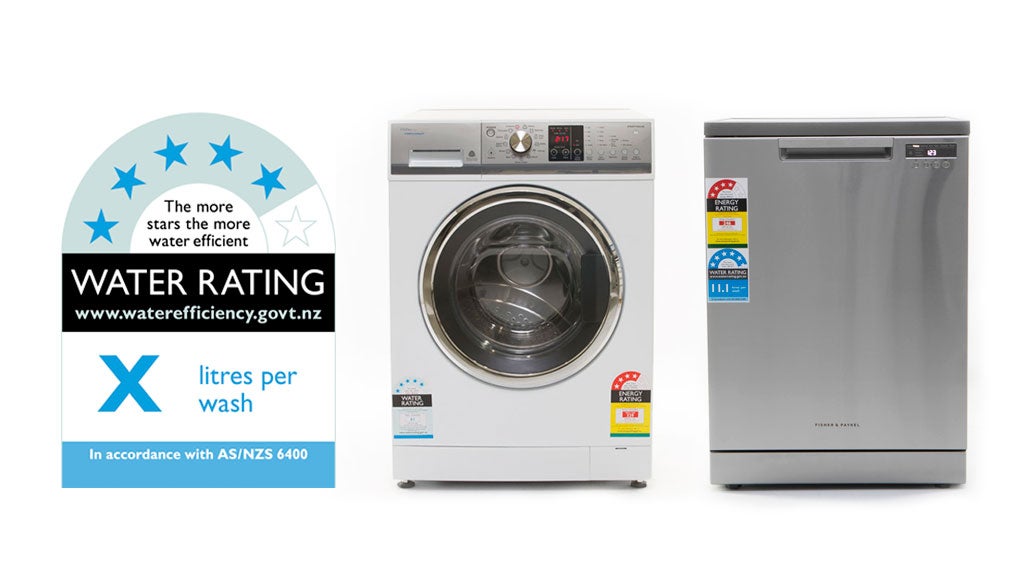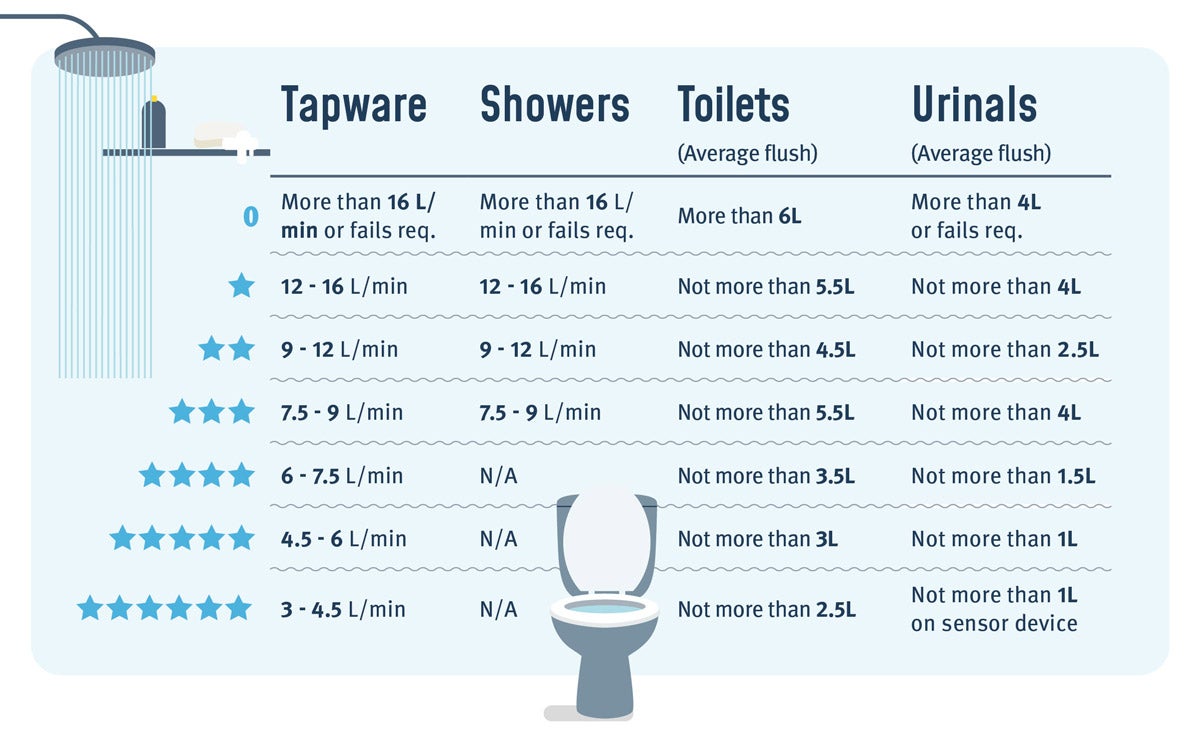Upgrading your appliances
There’s no doubt about it, consumers are more eco-savvy today than ever. But when the time comes to update an appliance, many of us focus our buying choices solely on the Energy Rating Label, the handy star rating featured on every new appliance.
While this is an excellent starting point for an eco-friendlier home, several other things also affect how green your home appliances really are. To ensure your next appliance purchase is a good one – for both the planet and your wallet – there are a few key factors you should consider.
Any appliance bought today will be significantly more efficient than an older machine. In fact, since the 1980s we have seen Aucklanders become much more efficient water users, simply because of these technological advancements.
However, not all appliances are created equal. And without being a whiteware wizard, it’s difficult to spot the differences between the hundreds of appliances staring back at you on the shop floor.
Look at the WELS Water Efficiency Labelling
WELS (Water Efficiency Labelling Scheme) is a national standard for rating a product’s water efficiency. All products, both manufactured in New Zealand and imported, must comply with the WELS regulations.
The WELS label gives you two pieces of information. The star rating shows you how efficient the product is compared with others; the more stars it has, the more water-efficient it is. Secondly, the water consumption or water flow figure tells you how much water the product uses. All water-efficient labels have a water consumption or flow figure in:
- Litres per minute (for showers or taps)
- Litres per wash (for clothes washing machines and dishwashers)
- Litres per flush (for toilets or urinals)

Comparing apples with apples – upfront cost versus cost over time
The water rating label is a great place to start when comparing two seemingly similar appliances. For example, a 3-star washing machine with a six litre capacity will use 80 litres per load, compared with a 6-star machine that uses only 30 litres of water for the same capacity.
Appliances like washing machines are long-life appliances. As well as their upfront cost, their water use represents a cumulative cost over time. This means a 6-star machine may cost you more upfront but save you money in the long run.
The devil’s in the detail
There are other aspects of new appliances beyond their star rating that will drastically affect your household water and energy use.
Frontloading the expense
When it comes to water efficiency, front-loaders are the way to go. Front-loading washers use 40 per cent to 75 per cent less water and 30 per cent to 85 per cent less energy than typical top-loaders. Your clothes will also thank you for switching to a front-loader. Top-loaders pull and twist with an agitator, but front-loaders gently flip your clothes, lengthening the life of often-washed items.
Flushing money down the drain
When it comes to unnecessary water wastage, toilets are a common culprit. Older-style toilets with only a single flush option can use up to 13 litres per flush! Replacing these with a with a 4-star, dual-flush model (a 3.5-litre flush) can save over 50,000 litres per year. Always opt for a dual-flush system when replacing a toilet.
It’s raining … money
Everyone loves a good shower. But an inefficient showerhead could be costing you hundreds of dollars each year. For a family of four, replacing an old showerhead that flows at 15 litres/minute with a 4-star showerhead that flows at six litres/minute will save 105,000 litres per year. All 4-star showerheads must all pass tests for spray force and coverage, meaning you don’t have to sacrifice a comfortable shower to save!

Not the right time to upgrade? You can still help the planet (and save money)!
If it isn’t time to upgrade, you can still make your current appliances greener by using them more efficiently. Kirstie MacDiarmid, sustainability advisor at EcoMatters Environmental Trust, recommends the following tips for conserving water around the home.
- Wait until you have a full load of washing. Avoid washing single or few items.
- Wash on eco-mode and have the rinse cycle set to cold water.
- Turn your single-flush toilet into dual-flush with an inexpensive toilet gizmo (a lead counterweight).
- Install flow restrictors and tap aerators to reduce the amount of water coming out of taps and showerheads. Installing a flow restrictor can reduce the flow rate of your taps by half.
Don’t replace unnecessarily – and always recycle
When it comes time to upgrade, it literally pays to consider the planet. Appliances that use less energy and water will save you money over time.